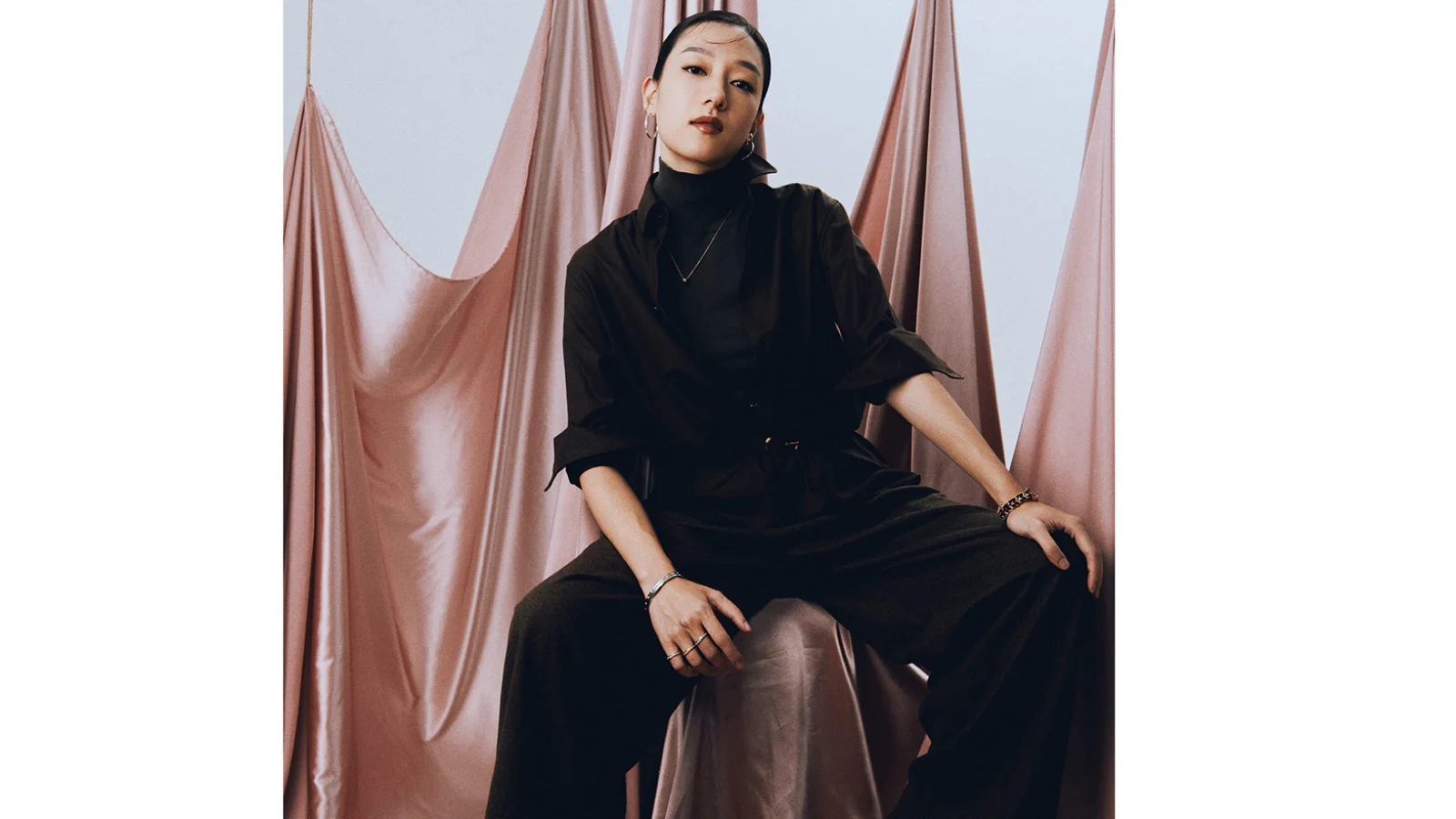Director and writer Bryan Bertino, known for launching the horror hit franchise The Strangers in 2008, returns with his new film Vicious, starring Dakota Fanning. Released on VOD and streaming platforms on October 10, the movie uses a chilling suburban setting and a mysterious supernatural element to craft its story. The Dakota Fanning Vicious review highlights the film’s strong opening and captivating lead performance, though its later developments become foreseeable and overstretched.
Bertino, who has made a habit of centering women as protagonists in his films, maintains this trend in Vicious. The film centers around Polly (Dakota Fanning), a woman battling personal struggles who unwittingly unleashes dark forces after letting a strange older woman into her home during a snowy Christmas season. While the movie builds tension effectively, it eventually falls into familiar genre patterns that diminish its overall impact.
Plot Unfolds in a Snowy Suburb with Uneasy Visitors
Vicious begins in a quiet, snow-covered suburb, with streets deserted as the night unfolds. Polly lives alone in a large, older house, one filled with dark wood and shadows, perfectly suited to hide sinister elements. The film immediately sets a tense tone when a knock at the door interrupts Polly’s fragile solitude.
Polly appears worn down emotionally; her exhaustion is palpable, and smoking seems to be her only comfort amid an obviously troubled life. Frustrated voicemails from her boss and telephone conversations with her mother (portrayed by Mary McCormack) hint at past difficulties Polly is attempting to overcome. She is preparing for an important job interview the following day, adding a layer of pressure to her already fragile state.

The knock reveals an elderly woman on Polly’s porch, played by veteran actress Kathryn Hunter, whose presence quickly unsettles the atmosphere. Despite seeming lost and disoriented, her arrival sparks immediate suspicion due to horror genre conventions, though Polly’s compassion leads her to let the woman inside. The visitor then presents Polly with an ominous box containing an hourglass and warns her that she will die that night. The woman regrets her role in delivering this terrible burden, but insists it must be passed on. Once the lady is ejected from the house, the box mysteriously reappears inside, marking the point where Polly’s life spirals beyond control.
Bryan Bertino’s Signature Atmospheric Tension Remains Strong
Bertino demonstrates his mastery in building unsettling environments, reminiscent of his work in The Strangers. That film is noted for its isolated location, creeping dread, and relentless evening tension—all elements Bertino reincorporates in Vicious without resorting to copycat tropes. Unlike The Strangers’ masked assailants, Vicious relies on a single eerie figure and a supernatural artifact to create fear.
The setting in Vicious—a large, old house—is not just a backdrop but a character itself, amplifying Polly’s solitude and heightening unease. Unlike clichéd portrayals of sinister elderly women, Kathryn Hunter’s character avoids caricature, instead delivering a haunting performance marked by vulnerability and dread. The slowly unraveling mystery of what lies inside the box drives the film’s suspense, foregoing easy exposition or the typical horror device of consulting an expert or the internet.
However, this restraint comes with drawbacks. As the movie progresses, its novelty wanes and the scares begin to feel recycled, losing momentum due to predictable scares and repetition. The premise hinges on a supernatural threat transmitted through the box, but the narrative reaches familiar conclusions that diminish tension, especially as the ending approaches.
“finding an expert or getting on a computer to have it all told to us” – Dakota Fanning Vicious Review
Dakota Fanning’s Performance Anchors the Film Despite Narrative Shortcomings
Polly’s character remains shrouded in mystery, with the audience learning little about the specific trauma she endures before the unsettling events begin. Although frustrating in its omissions, this ambiguity creates a sharp focus on Fanning’s performance, which carries virtually every scene. Fanning portrays Polly’s fear, weariness, and determination with quiet intensity, making her an engaging anchor for the film’s escalating horrors.
The film’s length, at 98 minutes, feels slightly elongated due to a sluggish third act that recapitulates earlier scares and leans heavily on established horror clichés. The monster’s reveal becomes formulaic, and the final twist follows a predictable path, leaving audiences without the impactful shock many expect from the genre’s climaxes.
Still, Bertino deserves credit for crafting a compelling premise and immersive atmosphere. His ability to create dread without relying solely on gore or jump scares keeps viewers on edge. Despite falling short of being truly “vicious” as the title suggests, the film sustains suspense long enough to be an engaging watch, especially on a cold, dark night. Vicious may not redefine horror in 2025, but it holds its own as a moderate success in the genre, buoyed significantly by Dakota Fanning’s committed lead performance.
Film Overview: Vicious
Vicious is a chilling yet formulaic horror film that emphasizes atmosphere and lead acting while struggling with predictability and pacing in its latter half.
Main Cast Highlights
Dakota Fanning stars as Polly, with Kathryn Hunter playing the mysterious elderly woman. Mary McCormack appears in a supporting role as Polly’s mother.
Strengths and Weaknesses of Vicious
- Bryan Bertino excels at building an unsettling atmosphere, recalling the tension of his earlier hit, The Strangers.
- Kathryn Hunter’s portrayal of the elderly woman avoids tired horror stereotypes, adding a layer of genuine fear.
- Fanning’s screen presence, occupying nearly every scene, anchors the narrative and maintains audience engagement throughout.
- The film limits early interactions with Polly’s family, which reduces audience connection to her backstory.
- The horror elements in the third act become repetitive and rely on familiar tropes, diminishing suspense.
- The final plot twist is obvious, removing the potential surprise and leaving the conclusion less impactful.
